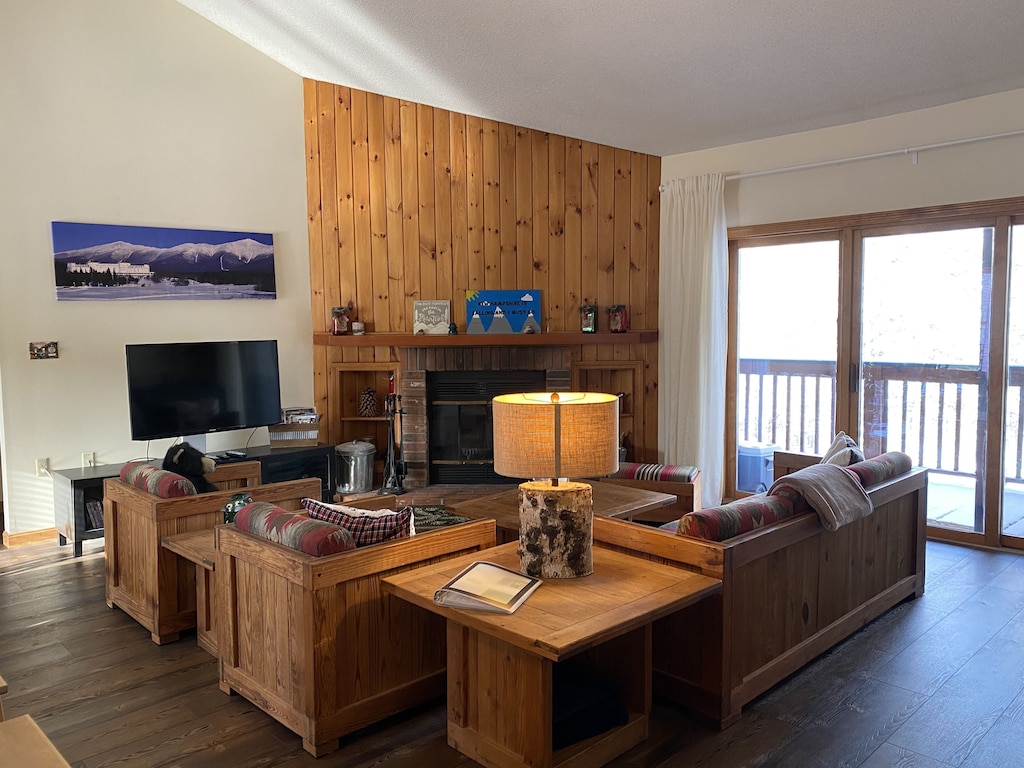From AMC Outdoors Magazine: https://www.outdoors.org/articles/amc-outdoors/the-10-essentials-revisited
The 10 Essentials are more than just a list. They are the basics of survival. Carry them and you will always be equipped for the unexpected.
First developed in the 1930s by the Mountaineers, a Seattle-based nonprofit, the original 10 Essentials consisted of a list of specific items—knife, map, compass, matches, etc. Today, several different lists and approaches are in use.
In the Northeast, one of the most commonly recommended comes from hikeSafe, a safety and education program developed and endorsed by the White Mountain National Forest and New Hampshire Fish and Game. It includes: 1) map 2) compass 3) warm clothing 4) extra food and water 5) flashlight or headlamp 6) matches/firestarters 7) first-aid kit/repair kit 8) whistle 9) rain/wind jacket and pants and 10) pocket knife.
An alternative approach—and one that I personally use—features a broader and less prescriptive set of categories, each one of which can be met in slightly different ways with different gear.
- Navigation You need to know where you are and how to get where you’re going. Carry a physical map of your area, not just a battery-powered option on your phone. Supplement it with a compass; even a simple model can provide a general orientation. An altimeter, GPS unit, or other device enhances convenience and location accuracy, but all are vulnerable to failure.
- Sun Protection Don’t get burned. At a minimum carry a broad-spectrum sunscreen that blocks both UVA and UVB. Lightweight pants and long-sleeve shirts offer the best protection for prolonged exposure. Add in sunglasses, sun-protective lip balm, and a head-shading hat for maximum shielding. This category is more or less essential depending on conditions, but is often crucial for summer hiking excursions.
- Extra Clothing Be prepared for unexpected changes in weather and an unplanned and chilly night out. Clothing selection will depend on location, season, and likely conditions. Be aware of expected minimums for overnight temperatures, and plan accordingly. Always carry a lightweight rain jacket and pants, and possibly a heavy-duty trash bag, for additional warmth and protection from the wind and precipitation.
- Light Don’t get lost after dark. Many hikers go astray because they fail to bring a light. Basic headlamps are inexpensive and typically weigh less than 3 ounces.
- First-aid Kit A minimalist approach might include an ACE bandage, over-the-counter painkiller (e.g., ibuprofen), antibiotic ointment, blister treatment, and a selection of Band-Aids; more comprehensive kits can include a vast array of items.
- Fire Carry the tools to create and sustain a flame. Waterproof or “stormproof” matches are generally a good choice (lighters are vulnerable to moisture). The no-fail option is a flint or other sparking device. To sustain the flame, you can buy many pre-made tinders or make your own. Vaseline-coated cotton balls are a good DIY option; they ignite easily and burn up to 5 minutes.
- Repair Kit and Tools Think knife and duct tape, arguably the two most versatile items for this category, followed closely by scissors. Supplement these with any crucial tools and parts you may need for your equipment.
- Extra Food Energy is crucial for comfort, safety, and survival. Pack a dense form of it—such as an energy bar—for times of need.
- Extra Water Hydration is beneficial and life-sustaining. Dehydration wears on your body and mind. Prolonged lack of water is a serious risk.
- Emergency Shelter A space blanket is a lightweight, compact, and inexpensive option that can help protect you from the elements and provide a small amount of additional warmth in the event of an unplanned night out. Other options are available, such as an ultralight tarp or bivy sack, but add ounces and cost.
The 10 Essentials Plus Several items not specifically included in these 10 Essentials categories are usually worth adding to your pack. These include a signaling device (whistle) to alert rescuers, water treatment (tablets, filter, etc.), and insect repellent if you are headed into bug central.
In addition to the above items I recommend a Hike Safe NH card.
The Hike Safe Card, which is only valid in New Hampshire, is sold and administered through the NH Fish & Game website, which includes a page on Frequently Asked Questions about the Hike Safe Card. https://hikesafe.com/
Book Your Accommodations on Houfy. Free for Travelers and Free for Owners.





